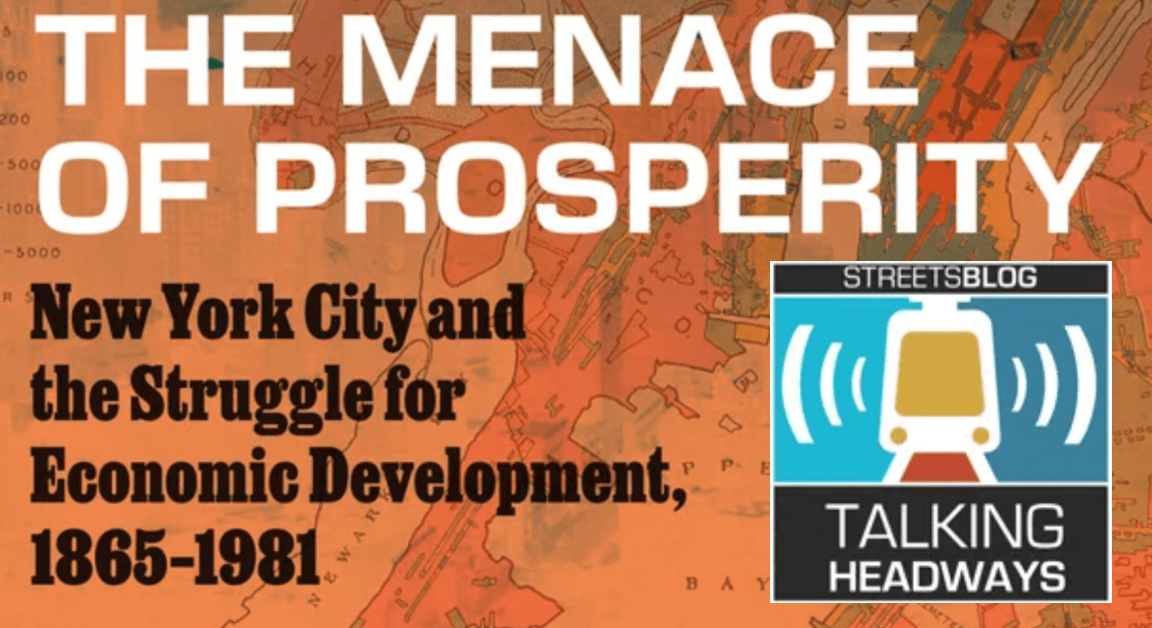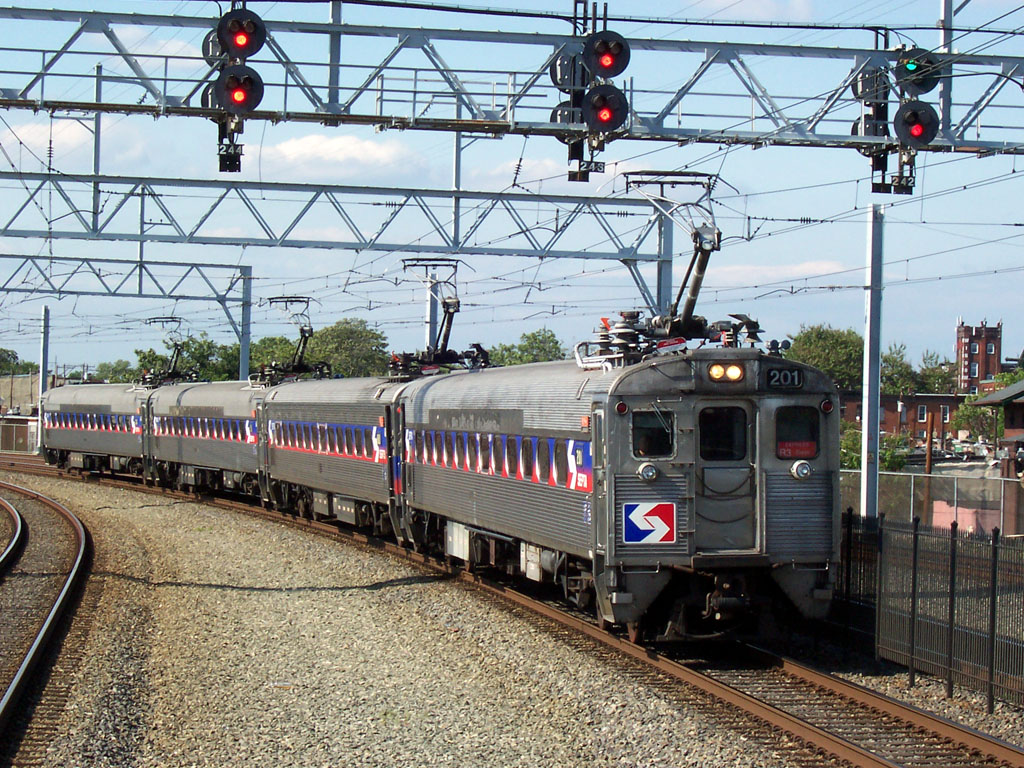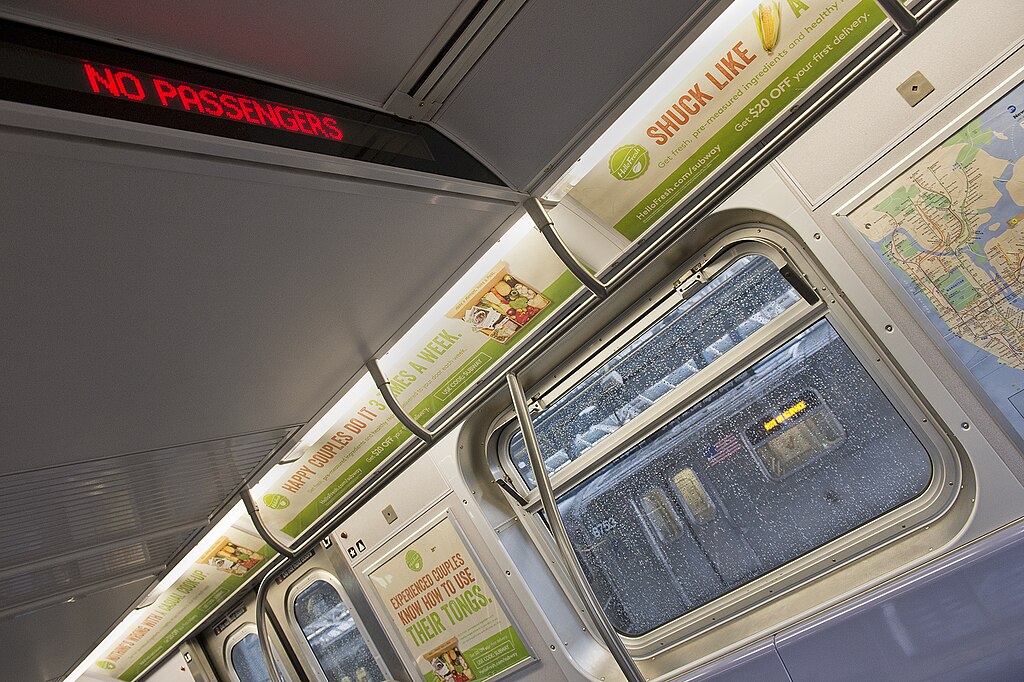Like many transportation agencies across the country, the Golden Gate Bridge and Highway District is struggling with debt.
In order to help offset the $87 million poured into a road reconstruction, today GGBHD will debate whether to raise rates for ferry riders.
But there's a better way, says David Edmondson of the Greater Marin blog: charge for parking, not riding the ferry.
As long as the parking lot is free, this is the wrong move for the District. Charging for parking would discourage driving to the ferry terminal and encourage people to bus or carpool, freeing some of the parking lot for mid-day ferry drivers, putting more people on buses and bikes, and perhaps even boosting, rather than suppressing, ferry ridership.
My very rough calculation, based on the findings of county-wide land values in the Tiburon Housing Element, places the parking lot’s market value at between $48 million and $55 million, assuming 45-unit-per-acre housing. If the land were leased from GGBHD, it would add around $1 million to $2 million per year of direct income, and around $1.3 million in new fare revenue, assuming transit is the primary mode of transportation for the residents. In all, it would equate to around 8% of the ferry’s cost.
Parking lot development [requires] long-term conceptual thinking. Tomorrow’s vote is just about whether to raise the fares of ferry riders, and the answer should be a firm no. Raising the price of parking would have a number of positive knock-on effects to commuting and parking patterns at both Sausalito and Larkspur by improving parking turnover availability for mid-day riders, while encouraging carpooling, biking, and busing, making more efficient use of the lots and the travel systems in place.
Elsewhere on the Network today: Pedestrian Observations looks at how the different geographic constituencies represented by Richard Florida, Joel Kotkin and Rick Santorum have shaped their respective philosophies. Carfree Days says Seattle's neighborhood greenways program is helping meet the needs of an important category of cyclists: families. And N8than comments on the phenomena in which some cash-strapped places are returning asphalt roads to gravel.






